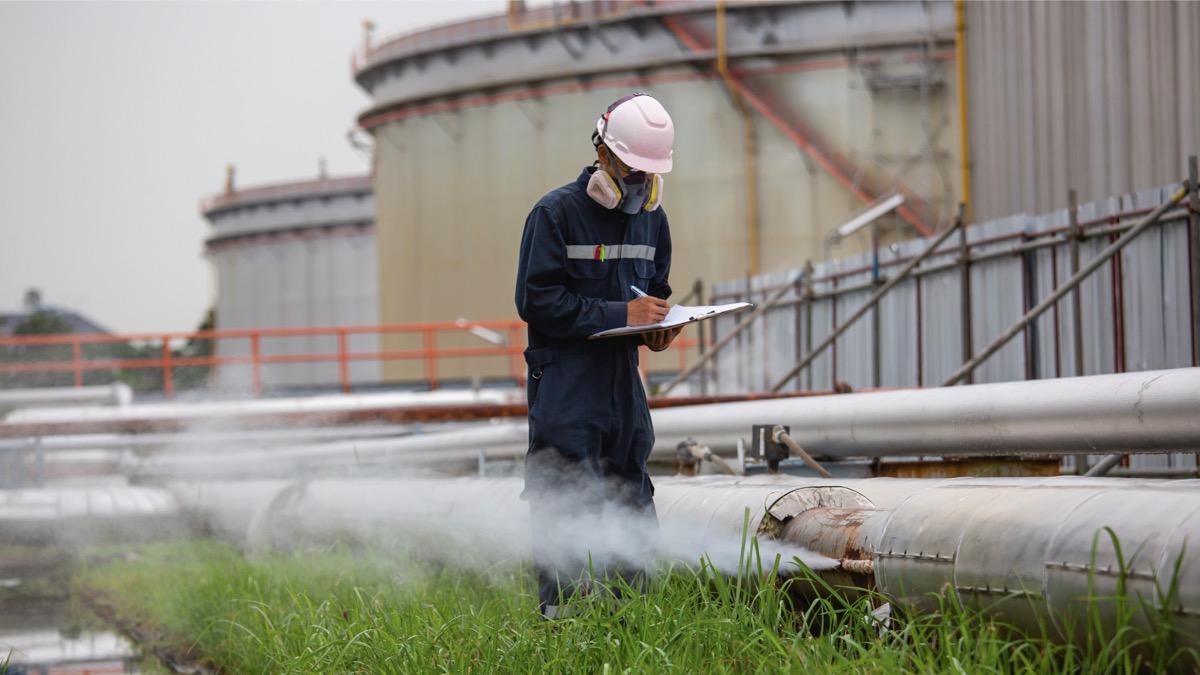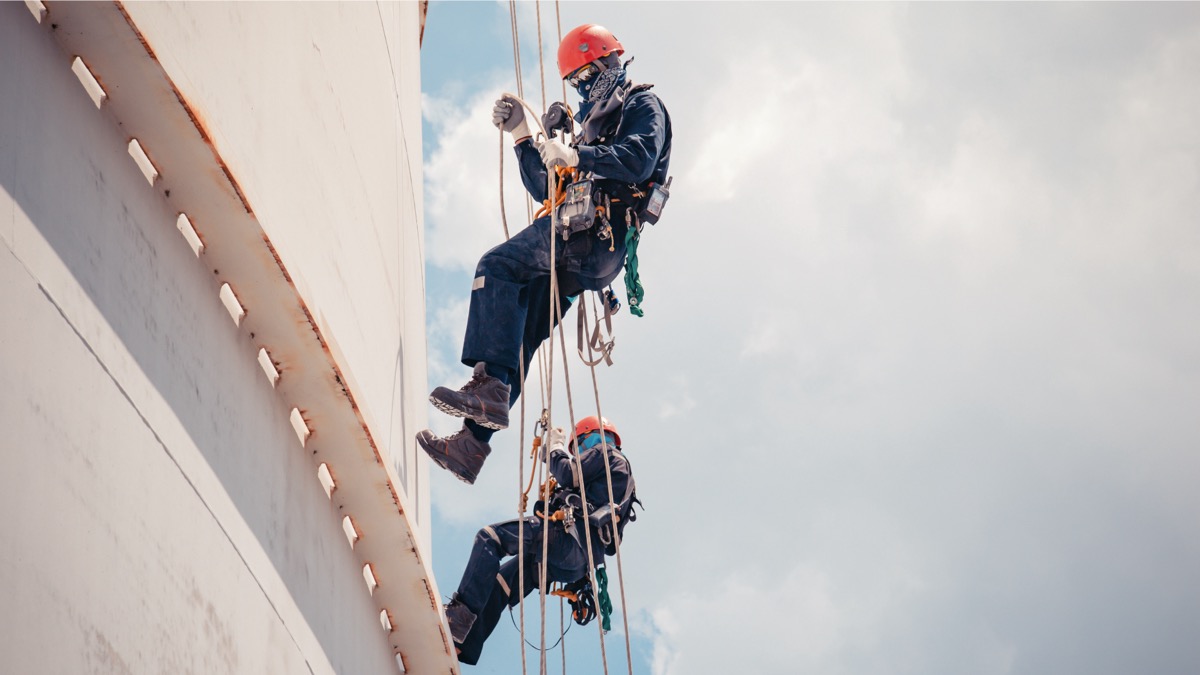Why building inspections are needed
All real-estate properties - individual and commercial need to undergo regular maintenance inspections. There are various reasons for this, such as:
- Safety requirements and compliance with local building codes and regulations. They are typically different for commercial, residential, and historic properties, requiring inspection done at different timeframes.
- Planning maintenance process, renovation, or tracking the progress of construction
- Sale of property or change of ownership
- Inspections of buildings required by insurance companies
Building inspections ensure enhanced safety conditions, compliance with codes, maintenance planning, facilitate sales or ownership changes, and are often required by insurers.

Methods of Building Inspections
There are various traditional methods that are used to inspect the facades of roofs of buildings and properties. Inspectors may use one or a combination of the following methods:
- Visual Inspection - Visual observers perform a walk-around of the facade of the building or walk on the roof of the building, performing a visual assessment of any signs of structural property damage or on entire roof. Binoculars or similar devices can be used to identify defects.
- Manual Inspection - In this case, inspection team uses ladders or scaffolding to get close physical access to the facade of the building to examine it closely for any issues.
- Moisture and Leak Detection - Specialized equipment such as high resolution thermal imaging technology cameras may be used by building inspectors to identify issues not visible to the naked eye, such as hidden moisture problems or leaks in the facade or the roof.
While these traditional building and roof inspection methods are fundamental in maintaining building safety and integrity as the building ages, they can be very time and labor-intensive. Moreover, buildings, especially high-rise buildings, can often have areas that are hard to or impossible to reach from the outside. One of the larger problems is the subjectivity of the inspector and human error, which can lead to the gathered data not being full or accurate.
Drone usage is transforming the landscape of building inspection services, with many inspectors and asset owners utilizing drones to save time and money. In addition to that, construction companies using drones provide several important advantages over traditional methods, such as the ability to capture full high-resolution images and data of the building which can be used to create an as-built digital twin of the structure, track construction sites in progress, and for planning maintenance.
Building inspections use methods like visual and physical assessments and moisture detection, but drones offer more efficient inspections that are accurate alternative for hard-to-reach areas and data collection.

Benefits of using drones for building inspections (ROI of drone inspections / why it makes business sense)
From various traditional methods that have been standard for years, the majority of them are not cost and time-effective. Here’s where it’s worth exploring more up-to-date possibilities. drones are changing the game. They make these inspections faster, safer, and more efficient.
Let’s look at the main benefits of using drones for asset inspections:
- Safer for personnel - Drones eliminate the need for inspectors to access dangerous or hard-to-reach areas of the property, thus reducing the risk of any potential accidents that may occur during the inspection.
- Cost and time savings - To perform a drone survey, it is not necessary to set up scaffolding or any other heavy equipment. A drone can inspect the property faster, and drone surveys typically cost less than traditional ones. A 20-minute drone inspection can collect more accurate and objective data than an hour-long ground inspection.
- Better data and collaboration - Not only is drone data better for objective evaluation, but it can also be used for automatic defect detection and creation of the digital twin of a structure, allowing to easily track changes over time.
Drones offer safer, faster, and cheaper building inspections with higher-quality data and detailed aerial 3D images for analysis and tracking.

Summary
The larger the project, the more obvious benefits drones can bring over traditional inspection methods. While drone surveys cannot serve as a full replacement for traditional site inspections, along with Artificial Intelligence, they are increasingly becoming an irreplaceable tool for inspectors and asset owners. Data collected on drone survey inspection reports can more easily be shared between architects, engineers and asset owners to save real time, money and use resources more effectively.

Are you a site inspector or asset owner looking to use drones for your project and not sure where to start?
UgCS software for drone flight planning has been used by drone pilots around the world since 2013 and is one of the few solutions available in the market designed to capture accurate data on vertical and photogrammetric drone surveys.
When considering using drone operations for any kind of asset or infrastructure inspection, it is important to automate and simplify tasks at every stage. UgCS has been designed to be a true multi-platform flight planning software for drones. It works with drones from different manufacturers, including DJI, FreeFly, Inspired Flight, and others, including many drones from the Blue UAS list.
Feel inspired already? Try UgCS!
I’m interested in more detail
We want to help as many drone pilots as possible, allowing them to perform their tasks with the highest efficiency and the best quality standards. Please drop us a message at info@sphengineering.com or fill out the form - we’d love to chat with you and tell you everything about how UgCS will improve your performance.

- Defect detection, such as cracks in walls
- Thermal inspections.






.png)
